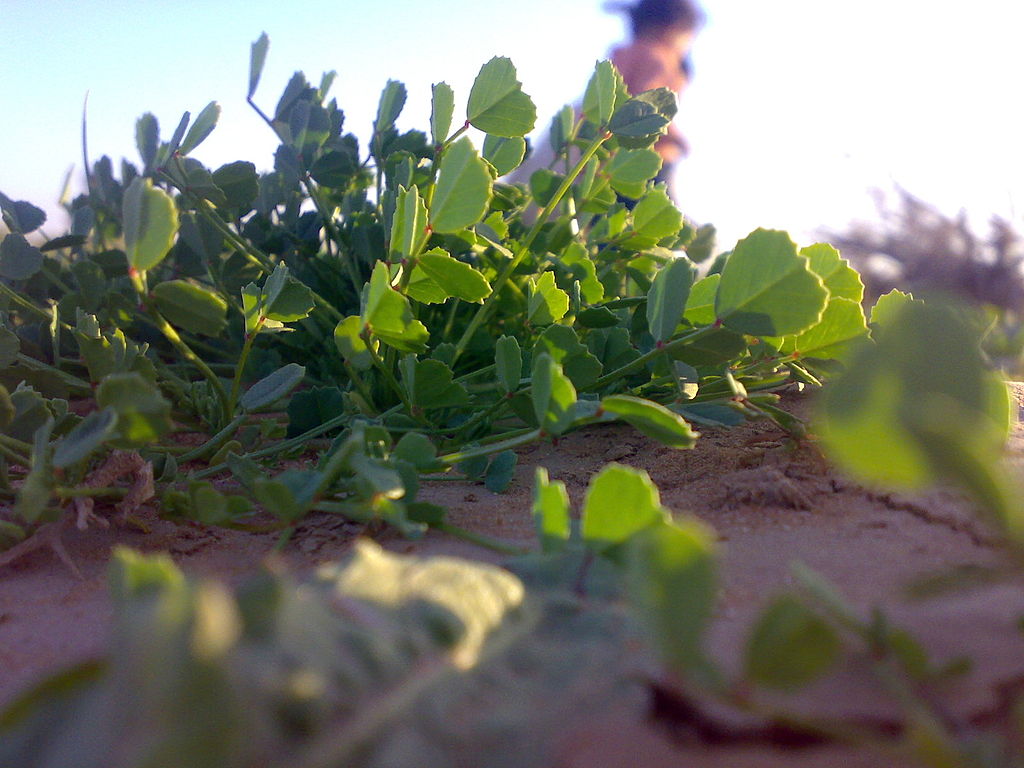Since the industrial revolution, humans have been driving towards ever greater efficiency. In fact, efficiency – making the best possible use of the resources at hand – has become the core concept of how we run the world.
On the face of it, being efficient makes us more in tune with our environment, by not being unnecessarily wasteful. However, it has in many cases led to a reduction in resilience, the ability to deal with change and crisis.
Unlike humans, nature is more resilient but far less efficient: numerous plant seeds are dispersed just to allow some to germinate, and many animals have extremely short lifespans – both suggest a wasteful use of resources.
The human way can bring insight and foresight to decision making, and we can be proactive. Nature is essentially reactive, but does adapt to changing environments. So how do natural systems build resilience, and how can humans harness it, too? One key element seems to be the natural tendency towards increasing diversity. But from a human perspective, diversity can add complexity and a degree of redundancy.
Manufacturing resilience
Diversity is not a bad thing for business. Vehicle manufacturer Peugeot was founded over 200 years ago when there were no cars. Its expertise was in making and processing thin steel, which then took it from producing products such as hand tools and watch springs to bicycles and cars. At each stage, the firm had a range of core products, and added more marginal activities often in response to changes in taste and fashion.
This broad portfolio gave Peugeot the flexibility to shift focus and downgrade core activities to a more marginal role, and vice versa. It has survived by identifying new opportunities in areas related to what it is already doing, often reducing risk by forming new companies or divisions to accommodate such ventures.

The company Peugeot started life as a steel foundry in an old grain mill. Kévin Pourtout/Wikimedia, CC BY-SA
Peugeot’s strategy is very similar to nature’s resilience: when the environment inevitably changes, the resulting shifts in conditions – temperature or the availability of food, for example – could mean that previously marginal species suddenly find themselves in the perfect situation. They can then become core species in the new system, while previously dominant species may come to play a more marginal role as conditions are now less favourable for them. As a result, the whole system can survive, albeit in a somewhat different configuration.
If those species that were marginal at first had not been there to take on the key roles, the system would have collapsed. Again, thinking of the automotive sector, those manufacturers who are heavily reliant on diesel, will find themselves in an increasingly vulnerable position in coming years as fuel supplies get low, and new legislation is enforced.
Those who have experimented with EVs, meanwhile, will be better placed – despite the fact that in the past such activities may have been seen as inefficient and difficult to justify. General Motors’ experiments with the EV-1 in the 1990s, for example, garnered negative attention, but the work put it in good stead to later develop its Volt and Bolt electric vehicles.
Nature intervenes
This type of resilience thinking has become particularly important in recent years, when natural disasters have disrupted human processes. Toyota – often presented as an example of efficiency due to its lean production system – was badly affected by the Tohoku earthquake and tsunami in 2011. In the aftermath, a supply chain audit found that Toyota’s supply chain actually had several potential vulnerabilities due to its efficient thinking. For example, many single suppliers of key components were located in high risk earthquake zones.
In order to add resilience, Toyota encouraged these suppliers to produce components in multiple locations, or store stock away from production sites. The carmaker itself is now moving towards greater commonality of components across models, using parts that can be switched between models while increasing volumes per component – which also makes it easier for suppliers to justify new multiple production sites.
While we can ignore these stories – and this is indeed what we have mostly been doing in our drive for efficiency – particularly at times of change, it may be wise to take a closer look at the resilient way of operating. Some of our systems are by their nature better suited to resilience than efficiency. Healthcare systems spring to mind, or any other system where a rapid response to an unexpected extreme event can be, well, expected.
We are entering a time when our existing systems appear to be reaching their limits in many respects. Our overreliance on fossil fuels or economic growth, for example, are likely to hit natural limits, and if we are not proactive we may well be forced to rapidly adapt to a series of human-induced environmental crises.
Learning to speak the language of resilience by managing our systems more as if they are natural systems is the best way of preparing for this.
Paul Nieuwenhuis has previously received funding from the ESRC.
This article was originally published on The Conversation. Read the original article.



 SK Hynix Labeled “Investment Warning Stock” After Extraordinary 200% Share Surge
SK Hynix Labeled “Investment Warning Stock” After Extraordinary 200% Share Surge  Wildfires ignite infection risks, by weakening the body’s immune defences and spreading bugs in smoke
Wildfires ignite infection risks, by weakening the body’s immune defences and spreading bugs in smoke  Thousands of satellites are due to burn up in the atmosphere every year – damaging the ozone layer and changing the climate
Thousands of satellites are due to burn up in the atmosphere every year – damaging the ozone layer and changing the climate  US Charges Two Men in Alleged Nvidia Chip Smuggling Scheme to China
US Charges Two Men in Alleged Nvidia Chip Smuggling Scheme to China  Australia Enforces World-First Social Media Age Limit as Global Regulation Looms
Australia Enforces World-First Social Media Age Limit as Global Regulation Looms  EU Court Cuts Intel Antitrust Fine to €237 Million Amid Long-Running AMD Dispute
EU Court Cuts Intel Antitrust Fine to €237 Million Amid Long-Running AMD Dispute  How to create a thriving forest, not box-checking ‘tree cover’
How to create a thriving forest, not box-checking ‘tree cover’  How ongoing deforestation is rooted in colonialism and its management practices
How ongoing deforestation is rooted in colonialism and its management practices  SoftBank Shares Slide as Oracle’s AI Spending Plans Fuel Market Jitters
SoftBank Shares Slide as Oracle’s AI Spending Plans Fuel Market Jitters  What’s so special about Ukraine’s minerals? A geologist explains
What’s so special about Ukraine’s minerals? A geologist explains  EssilorLuxottica Bets on AI-Powered Smart Glasses as Competition Intensifies
EssilorLuxottica Bets on AI-Powered Smart Glasses as Competition Intensifies  Fungi are among the planet’s most important organisms — yet they continue to be overlooked in conservation strategies
Fungi are among the planet’s most important organisms — yet they continue to be overlooked in conservation strategies  The UK is surprisingly short of water – but more reservoirs aren’t the answer
The UK is surprisingly short of water – but more reservoirs aren’t the answer  Rise of the Zombie Bugs takes readers on a jaw-dropping tour of the parasite world
Rise of the Zombie Bugs takes readers on a jaw-dropping tour of the parasite world  SpaceX Edges Toward Landmark IPO as Elon Musk Confirms Plans
SpaceX Edges Toward Landmark IPO as Elon Musk Confirms Plans 
































